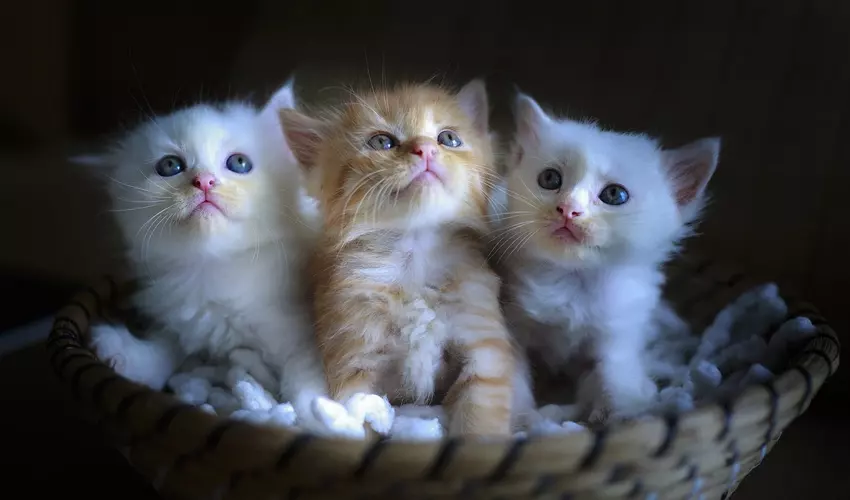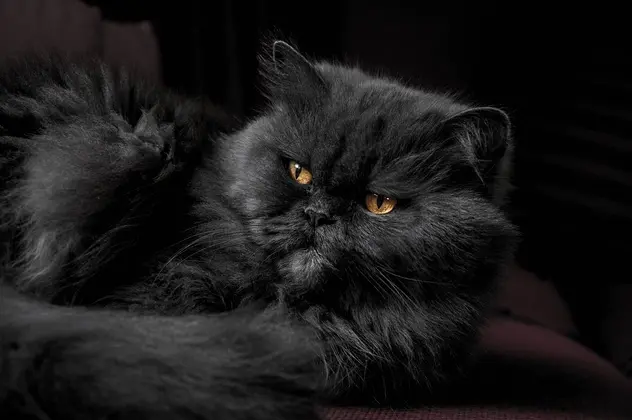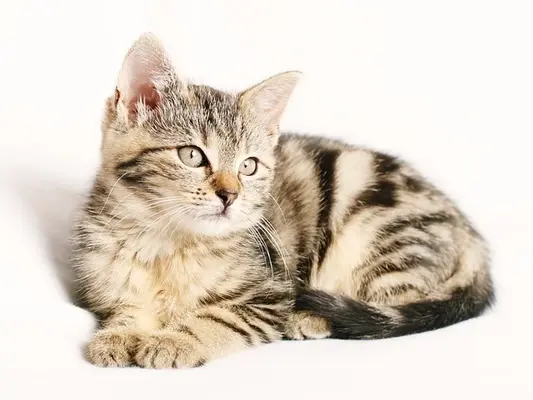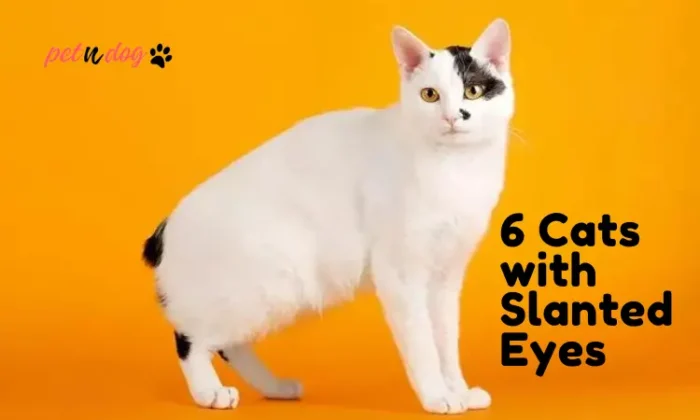As a cat owner, you’ve likely wondered at some point whether swallowing cat hair can make you sick. The short answer is that ingesting cat hair is typically not dangerous for humans, though it can be irritating. While no one seeks out eating cat hair on purpose, between petting, grooming, and general contact with cats, swallowing at least a few cat hairs now and then seems unavoidable for most owners and their families.
Though cat hair itself is not toxic, the concern is that it could cause gastrointestinal issues if enough is swallowed, especially for small children, the elderly, or immunocompromised individuals. For the average adult with a normal immune system, however, occasional cat hair ingestion should not pose any real threat to your health or require medical intervention. Still, taking some basic precautions to minimize hair intake is a good idea for any cat owner.
Can Cat Hair Dangerous to Humans if Swallowed?
yes, Swallowing cat hair can be potentially dangerous to humans. Cat hair on the stomach is usually harmless. and pass through the digestive system. But in some cases, they can cause GI obstruction or other health problems.
Can Cat Hair Cause Intestinal Blockages?
Yes, swallowing cat hair can lead to intestinal blockages, especially in large amounts. As the hair moves through the intestines, it can form clumps that obstruct the passageway. This is known as a trichobezoar and requires surgical removal. Trichobezoars most often occur in young children or individuals with an underlying psychological condition known as trichotillomania in which one compulsively swallows hair.
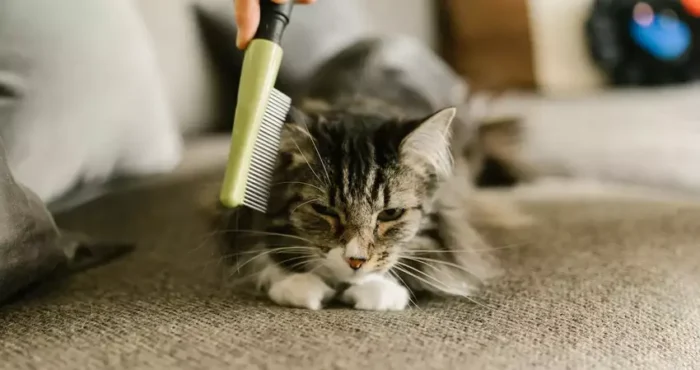
What Are the Symptoms of an Intestinal Blockage from Cat Hair?
Signs of an intestinal obstruction from cat hair include:
- Abdominal pain, cramps, or bloating
- Nausea and vomiting
- Loss of appetite
- Constipation
- Diarrhea
- Swelling or tenderness of the abdomen
If you experience these symptoms after swallowing cat hair, seek medical attention immediately. If there is an obstruction in the intestines so its a medical emergency for any individual And it requires a doctor’s evaluation. They can perform tests like an abdominal X-ray, CT scan or endoscopy to determine if there is a blockage and the appropriate treatment.
How Can I Prevent Swallowing Cat Hair?
here are some tips about to avoid swallowing cat hair.
- Brush your cat’s loose hair regularly. So that their hair falls as little as possible.
- Always use a vacuum with a HEPA filter frequently to pick up your cat’s hair.
- Wear a face mask when cleaning cat hair-covered areas.
- Keep cats out of the kitchen and dining areas, especially when cooking or eating.
- After handling the cats. Always wash hands before eating to remove cat hair, It is necessary.
- See a doctor right away if you experience symptoms of an intestinal blockage. Early diagnosis and treatment is critical.
While the risks are small, it’s best to take precautions to limit ingestion of cat hair when possible. And if problems arise. So seek immediate medical attention.
Health Risks of Ingesting Cat Hair
If the cat’s hair gets into the Ingesting through drink. May pose a potential health hazard to humans. While an occasional hair will likely pass through the digestive tract without issue, consuming larger amounts of cat hair over time may lead to medical complications.
Tips to Prevent Accidentally Swallowing Cat Hair
To prevent accidentally swallowing cat hair, there are several precautions you can take.
Groom your cat regularly.
Brushing or combing your cat frequently, especially when they are shedding heavily, will reduce loose hair that can end up on furniture, clothing, and ultimately, in your mouth. Aim for brushing 3-4 times a week during peak shedding seasons in the spring and fall. Pay extra attention to long-haired breeds.
Vacuum and sweep often.
Running a vacuum, especially one with HEPA filters, and sweeping hard floors in your home routinely will pick up cat hair before it has a chance to float around and land on surfaces or become airborne. Target areas where your cat sleeps, grooms, and eats.
Cover furniture.
Placing covers, blankets, towels or slipcovers over furniture, especially over spots where your cat frequently lies, can help contain cat hair to surfaces that are more easily cleaned. Wash or shake out the covers regularly and vacuum underneath them.
Do laundry frequently.
Cat hair sticks easily to clothing, towels, and bedding. To avoid transferring hair from laundry to your mouth, wash items at least once a week in hot, soapy water. Use a lint roller to pick up stray hairs in between washes.
Avoid kissing your cat.
As difficult as it may be to resist, avoid kissing your cat directly on their face, head or body. Cat hair, dander and saliva can easily transfer to your mouth, increasing the risk of swallowing hair. Cuddle and scratch your cat instead.
By making a habit of these tips for controlling cat hair in your home, you can appreciate your feline companion while minimizing the chances of ingesting their fur. Staying on top of grooming, cleaning, and containment is key to averting this unpleasant experience.
RELATED TOPIC : Is Persian Cat Hair Dangerous to Humans
